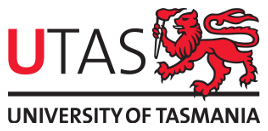Learning design for open education
The emergence of open, online education has spurred a host of new course models, with massive open online courses (MOOCs) perhaps most publicised among them. Open micro and ‘taster’ courses, along with open versions of conventional units/subjects, are further new models which foreground learning design (or design for learning) as a critical factor in open educational practices (OEP). Broadly speaking, open course models anticipate large numbers of learners, multiple learning pathways (akin to the dynamic online study model illustration on this page), and activities, and abundant content (both existing on the web and generated by learners in the course). As with mainstream online learning in higher education, major distinctions still exist between supported open courses staged at specific times, through which a cohort of learners progress (albeit at different paces and levels of engagement), and self-paced courses for independent learners to access as they choose, such as MIT OpenCourseware.
The learning design for this micro course is based on a supported model with a specified start and finish, within which you can follow a suggested sequence of learning pathways or sample topics and activities as you choose. Open course learning designs will also reflect whether an open course is for-credit or not-for-credit, or partially credit-bearing as in the case of this course.
Insert dynamic online study model image
During this learning pathway you will:
|
